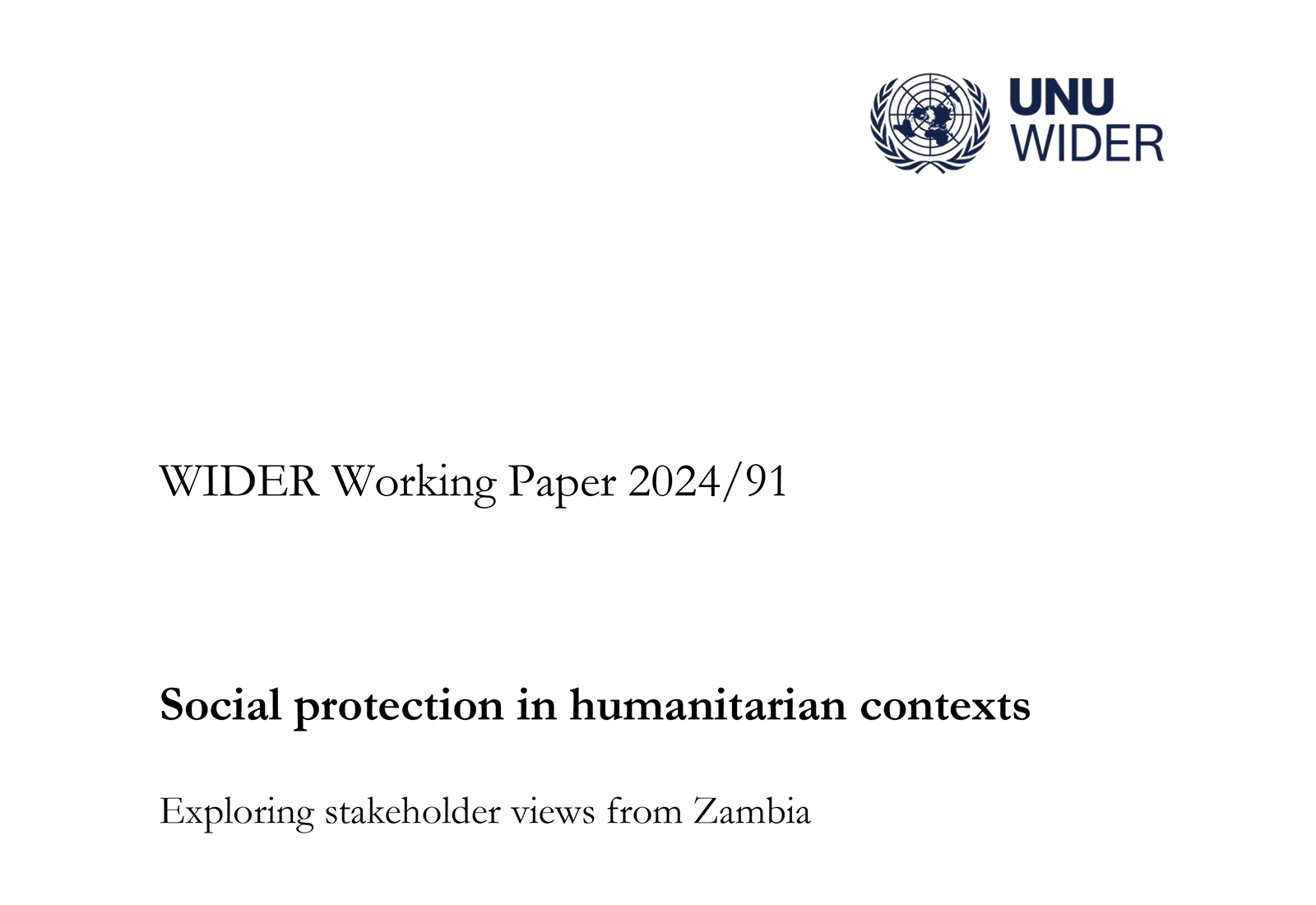99.9% – Really?
Abstract
The aim of the Internal Ratings Based Approach (IRBA) of Basel II was that capital suffices for unexpected losses with at least a 99.9% probability. However, because only a fraction of the required regulatory capital (a quarter to a half) had to be loss absorbing capital, the actual bank solvency probabilities may have been much lower, as the global financial crisis illustrates. Our estimates suggest that under Basel II IRBA the loss-absorbing capital of an average-quality portfolio bank suffices for unexpected losses with a 95%-99% probability. This translates into an expected bank failure rate as high as once in twenty years. Even if the bank s interest income is incorporated into our model, the expected failure rate is still substantial. We show that the expected failure rate increases with loan portfolio riskiness. Our calculations may be viewed as a measure of regulatory “self-delusion” included in Basel II capital requirements.
Julkaisun tiedot
Kiema, I. & Jokivuolle, E. (2013), 99.9% – really? Bank of Finland Research Discussion Papers 25/2013, Bank of Finland.
- ISSN: 1456-6184
- ISBN: 978-952-6699-44-8

- Ilkka Kiema
- tutkimusohjaaja
- Puh. +358-40 940 2287
- ilkka.kiema@labore.fi
- Tutkijaprofiili


